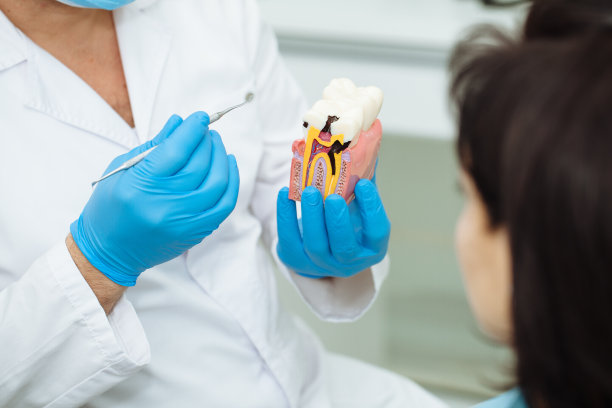The Importance of Proper Methods and Aftercare Strategies When You Need to Extract a Tooth for Better Oral Health
Summary: Extracting a tooth can be a necessary procedure for maintaining optimal oral health. The importance of employing proper methods and effective aftercare strategies cannot be overstated. In this article, we will delve into the various aspects of tooth extraction, focusing on the significance of choosing the right technique, understanding pre- and post-operative care, managing pain effectively, and maintaining oral hygiene during recovery. With a comprehensive approach to tooth extraction, patients can ensure a smoother recovery and prevent complications, ultimately contributing to better oral health.
1. The Importance of Choosing the Right Method

When it comes to tooth extraction, selecting the appropriate method is crucial. Dentists may choose between simple or surgical extraction based on the tooths condition and its position. Simple extractions, typically performed on teeth that are visible above the gum line, require less recovery time and present fewer risks. In contrast, surgical extractions may involve incisions to remove teeth that are broken beneath the gum or are still developing, necessitating a more skilled approach.
Furthermore, the choice of method also impacts the overall success of the procedure. Ideally, a dentist should conduct a thorough examination, including X-rays, to ascertain the best approach to take. This not only helps in executing the extraction safely but also minimizes trauma to surrounding tissues, thereby promoting faster healing.
In addition, employing the latest technologies and techniques enhances the effectiveness of tooth extractions. Advanced tools and anesthesia techniques can lead to less discomfort and shorter recovery times, emphasizing the need for patients to seek dental professionals who utilize modern devices in their practice.
2. Understanding Pre- and Post-operative Care
Prior to the extraction, proper pre-operative care is essential to reduce anxiety and ensure the procedure goes smoothly. Patients should disclose their medical history, including allergies and existing health conditions, to their dentist. This information helps the dentist to make informed decisions regarding anesthesia and other necessary precautions, thereby enhancing patient safety.
Post-operative care is equally important. After the extraction, patients must follow specific guidelines to ensure proper healing. This includes resting for the first few days, applying ice to minimize swelling, and taking prescribed medications to manage pain and prevent infection. Failing to adhere to these recommendations may lead to complications such as dry socket, a painful condition that necessitates further treatment.
Additionally, instructions regarding diet play a role in recovery. Soft foods and plenty of fluids are recommended for at least the first 48 hours following the extraction. Maintaining a nutritious diet can help in the healing process, allowing the body to recover efficiently.
3. Managing Pain and Discomfort Effectively
Managing pain following a tooth extraction is a top priority for patients. Dentists usually prescribe pain relief medications tailored to the individual’s needs and pain tolerance. Over-the-counter options, such as ibuprofen or acetaminophen, may also be recommended to help reduce discomfort.
In conjunction with medication, home remedies can assist in alleviating pain. Applying a cold compress to the extraction site can help minimize swelling and numb the area, providing temporary relief. Patients should also avoid sucking motions or using straws, which could dislodge the blood clot that forms in the socket.
Education about what to expect during recovery can also relieve anxiety and enhance a patients coping strategies. Dentists should provide guidance on managing pain effectively to empower patients during this period and contribute to a more successful recovery.
4. Maintaining Oral Hygiene During Recovery
Maintaining proper oral hygiene is vital once the initial healing phase post-extraction begins. Patients should be cautious about brushing the extraction site directly for the first few days but can continue to brush their remaining teeth carefully. Gentle rinsing with warm salt water after the first 24 hours can also aid in cleansing the mouth without disrupting the healing site.
It’s also crucial for patients to avoid certain activities that can compromise oral hygiene during recovery. Smoking and consuming alcohol can inhibit healing and increase the chances of infection. Understanding these risks will encourage patients to adopt healthier habits during their recovery period.
Regular follow-up visits to the dentist are recommended to monitor healing progress and address any concerns that arise. These appointments help ensure that the extraction site is healing properly and that any potential complications are addressed promptly.
Summary:
In conclusion, proper methods and aftercare strategies play a vital role in ensuring successful tooth extraction and subsequent recovery. By understanding the importance of the extraction method, following pre- and post-operative care, managing pain effectively, and maintaining oral hygiene, patients can significantly enhance their oral health outcomes. A collective approach in all these phases saves time, reduces discomfort, and leads to better long-term dental health.
This article is compiled by Vickong Dental and the content is for reference only.



